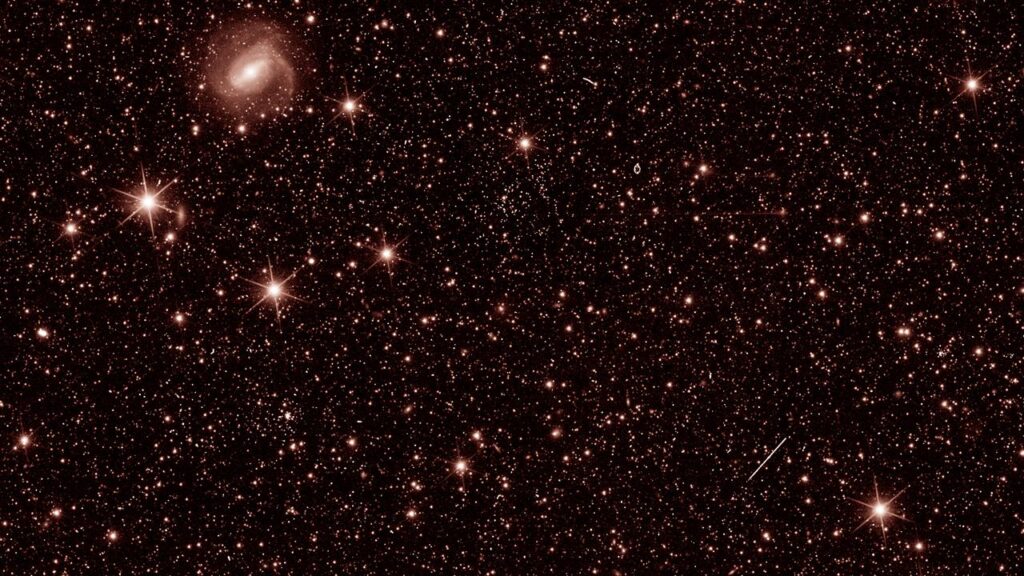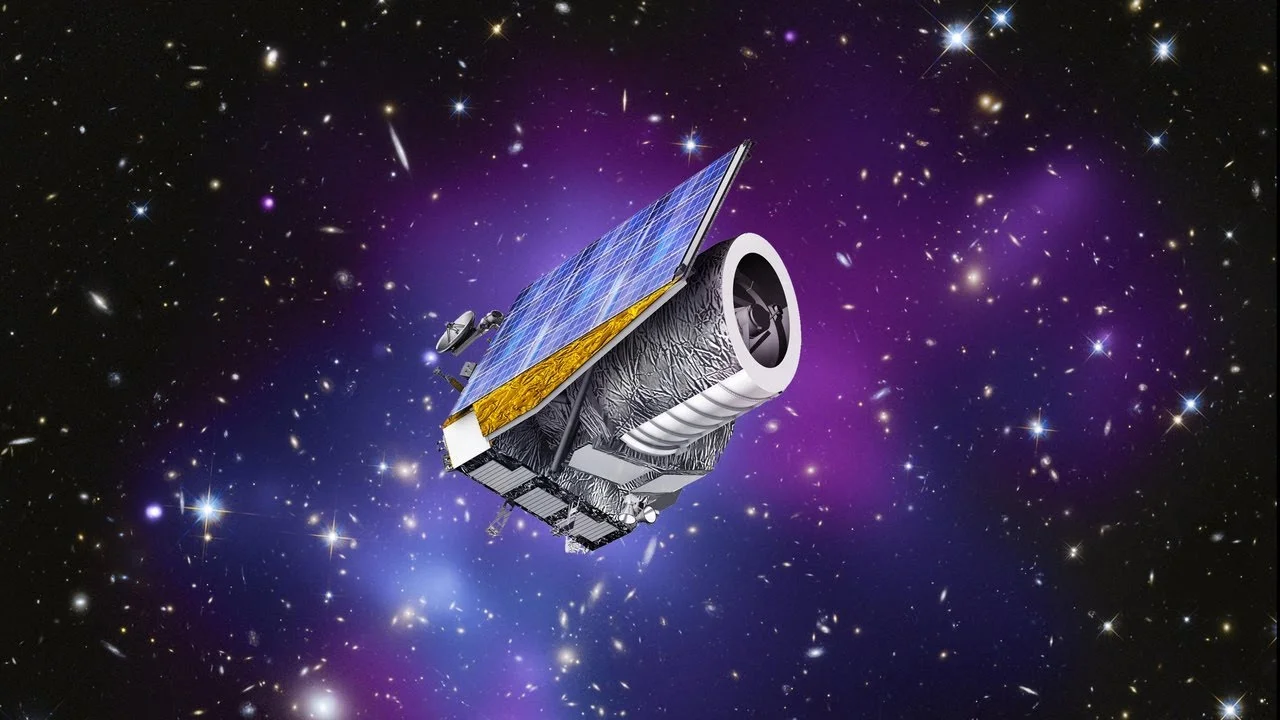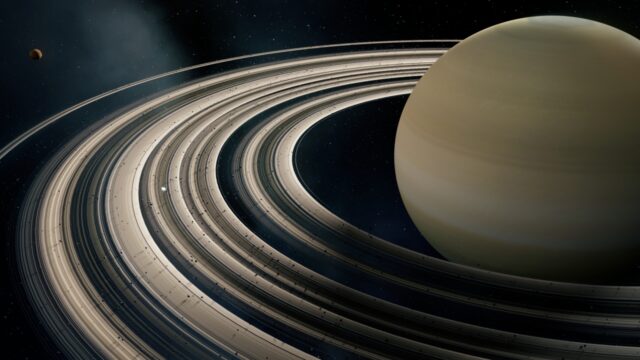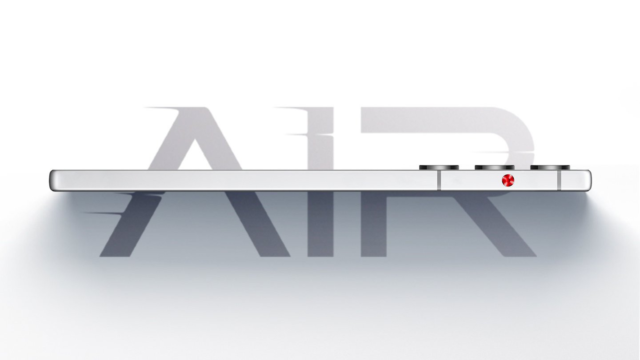It’s only been four months since the Euclid Space Telescope launched. Although the space telescope started its mission in a very short time, it started its mission quickly. European Space Agency ESA shared the breathtaking images taken by the new telescope with the scientific world. Images from ESA’s newest telescope illuminate the dark secrets of the universe. Here are the details…
The European Space Agency’s newly launched Euclid Space Telescope illuminates the mystery of space!
With these new space photos, ESA shared a huge galaxy cluster in the Perseus constellation with the whole world. It has also managed to reveal spectacular snapshots of the vast structure of the cosmos, including a globular cluster and magnificent Galaxy filled with countless stars.

Euclid mission leaders announced the first images today at an event held at the ESA Space Operations Center in Darmstadt, Germany. Carole Mundell, head of ESA’s science program, introduced the images. “Today is an iconic day. We have achieved all the engineering milestones in our mission. We can finally engage in our science mission,” he said.
Mundell and his colleagues emphasized the space telescope’s potential to study the large-scale structure of the universe. “I look forward to the information Euclid will give us, especially our understanding of what dark matter and dark energy really are,” said ESA Director General Josef Aschbacher.
Francis Bernardeau is vice president of the Euclid Consortium. He also serves as an astrophysicist at CEA Paris-Saclay. Regarding these images, he said: “This is a great success. The first images are great. They meet expectations in terms of quality and precision. “So we’re very hopeful for the rest of the mission.”
Scientists see these images as just the beginning of the Euclid Mission. By the end of this decade, the telescope will examine billions of galaxies like this. In this way, it will separate about a third of the sky, maybe more. It will also look at 10 billion years of cosmic time. When these images come together, they will create unprecedented three-dimensional images of the universe covering most of its life.
These space photographs show Euclid photographing objects simultaneously at optical and near-infrared wavelengths. In this way, the sensitivity of both devices can be observed. This telescope also measures the spectra of objects, or graphs that show the intensity of light emitted at various wavelengths. These measurements indicate an object’s distance and chemical composition, among other things.














